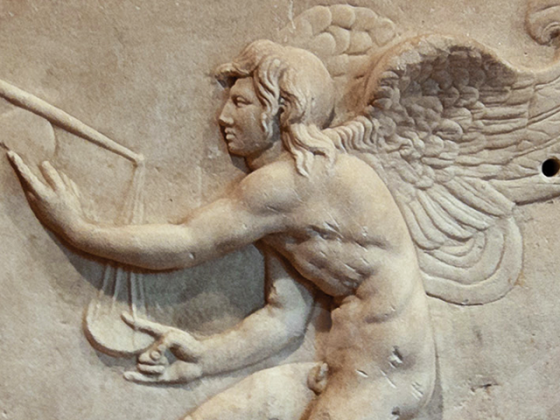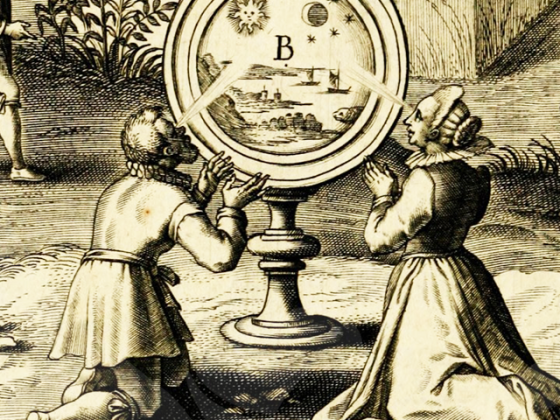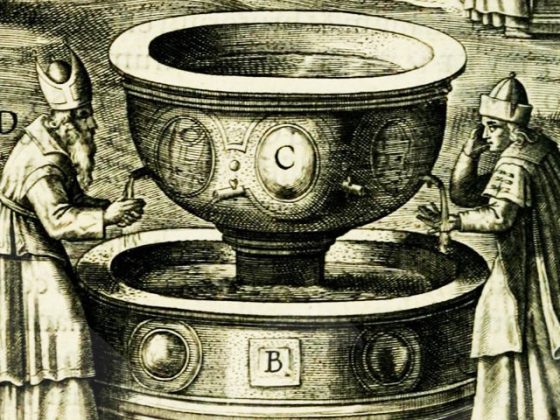Dearly beloved friends:
With great pleasure I send you this message that we have titled:
THE GREAT COLUMN
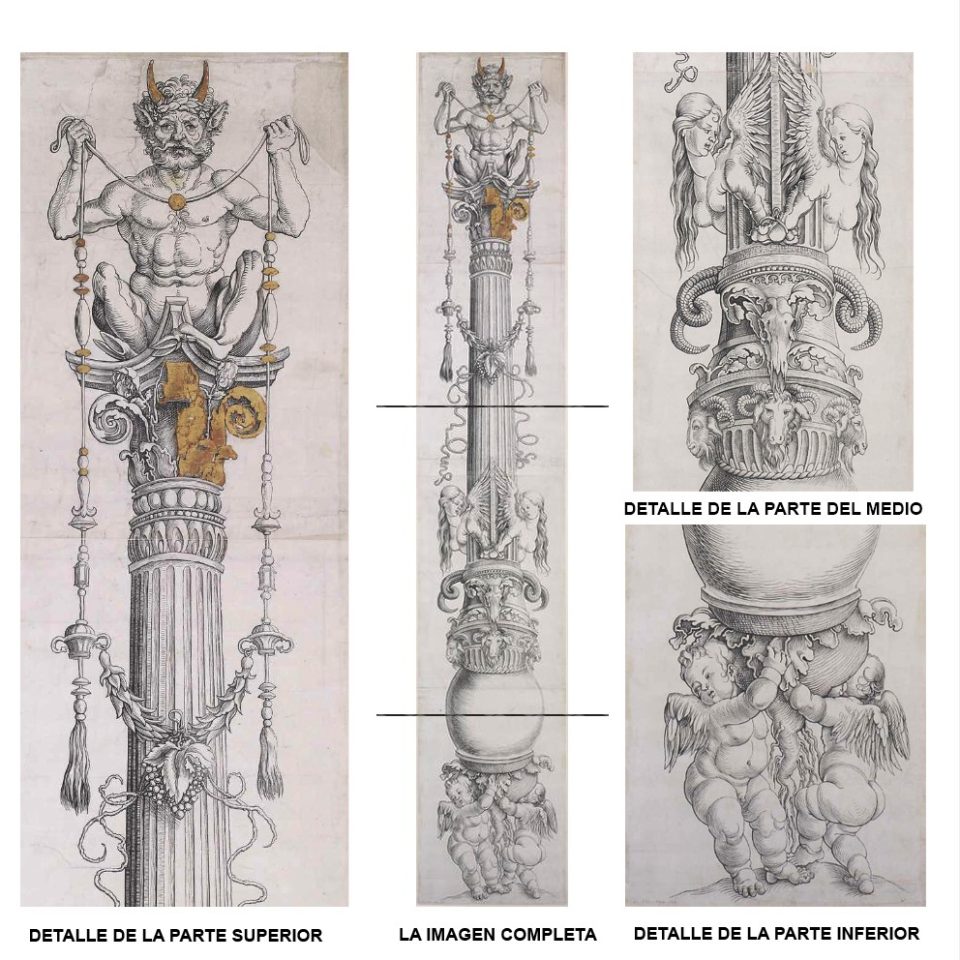
First of all, allow me to make a brief review of the artist of this magnificent engraving, and which has been none other than Albrecht Dürer, let us see:
“This is an engraving called The Great Column by Albrecht Dürer, made in 1517.
Albrecht Dürer, famous painter, engraver and art theorist, considered the greatest German Renaissance artist. Born in Nuremberg, Dürer established his reputation and influence throughout Europe when he was under thirty due to his high-quality woodcuts —for example, his series of woodcuts of the “Apocalypse”, 1498—. He was in contact with the leading Italian artists of his time, including Giovanni Bellini and Leonardo da Vinci, and from 1512 he was patronized by Emperor Maximilian I.”
The scholars of these engravings have called those figures ‘Satyrs’ which often represent the inner Lucifer as an autonomous and self-conscious part of our own BEING.
The fact of seeing him sitting at the top of the column that supports him is already indicating to us who study Gnosis that he is the sustainer of our psychological work and, likewise, the very root of our sexual electric force. He is crowned with laurels, for to a great extent we owe our triumph to him.
The fact that Dürer has been in contact with Leonardo da Vinci makes us comprehend that they exchanged concepts and ideas about alchemical art.
In the upper left we see the shadow of the Eternal sitting showing his horns and with his hands holding two cords that descend until they are very close to a bunch of grapes. Those cords are representative of what the Hindustanis call Ida and Pingala and which are actually ganglion cords that run on both sides of the spine. Such cords have been known to science but they do not know what functions they hold in our body. Through Gnosis we know that through them ascends the creative energy transmuted with the practice of the Great Arcanum A.Z.F. Likewise, grapes are representative of the alchemical liquor brought to its quintessence, that is, to the color red.
We see Lucifer bearded to point out that he is very wise, and that is why only he can give us the potency to combat Satan.
Following the course of the column, in the lower part of this beautiful engraving we find two little angels, two children with wings ─called putti or erotes or little angels─ who carry on their shoulders the root-shaped base of a striated column. The middle part of the column is decorated with ram's heads, ornamental foliage and two winged female creatures with fish or snake tails, and at the top of the capital we find the satyr holding the garland.
All of this is very significant, dear reader. These two little angels are Michael and Gabriel ─representative of the Sulfur and Mercury of the sages─. Obviously these two substances are at the root of our transmutations, therefore the column ends in roots, because our spine is full of nerves and ducts at the root of it.
At the base of the column we can also see a shape that imitates a globe or hermetic chaos. This globe is our mercurial chaos, shown in many medieval alchemical paintings and engravings. We can also see in the middle of the column the two half-naked women who intertwine their hands around the column. One of these women is Devi-Kundalini, the other is the priestess-wife of the Initiate in the mysteries. With the help of both we can make the initiatory journey that we need to carry out in order to reach the Father of All Lights…..
Below the mentioned women we are shown the skeletons of rams with their respective horns. These rams represent the sexual force, and in a skeletal way they are warning us of the need to purify our sexuality of all kinds of low passions.
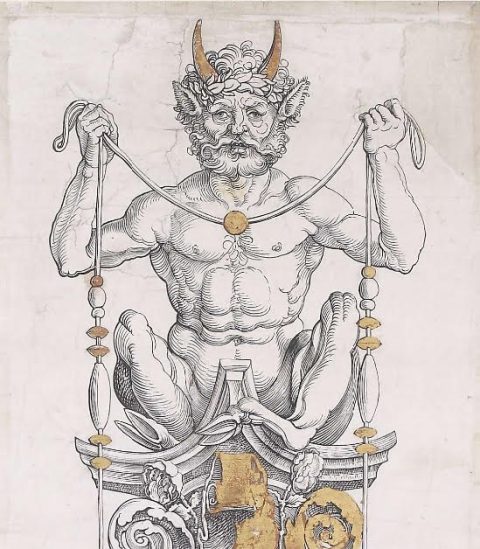
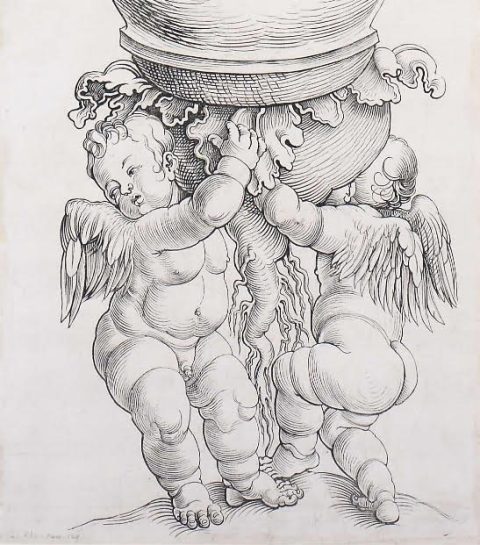
I close the description of this portentous engraving inviting you to enter into reflection with the following sentences:
“There are thoughts which are prayers. There are moments when, whatever the posture of the body, the soul is on its knees.”
Victor Hugo
“Prayer should be the key to the day and the lock of the night.”
Thomas Fuller
“He who rises from prayer with better feelings has already obtained an answer to his supplications.”
George Meredith
“True prayer does not consist in withdrawing at a given hour to utter oral or mental words, but it is a religious way of doing everything, and thus one eats, drinks, walks, has fun, writes, works and even sleeps prayerfully; it's all prayer.”
Miguel de Unamuno
EXPRESSIS VERBIS.
─'In explicit terms'─.
KWEN KHAN KHU


